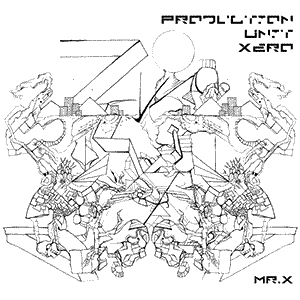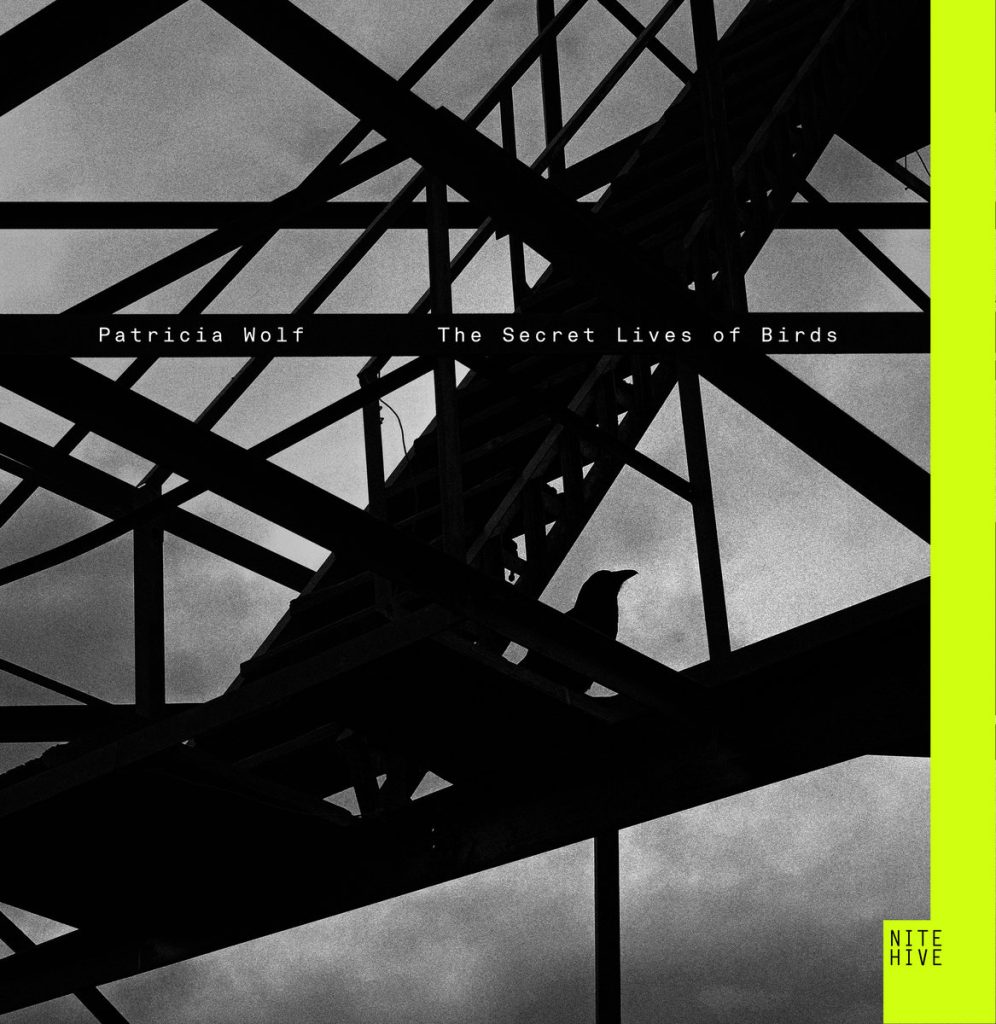Artist Spotlight: Julius Eastman

Born on October 27, 1940, in New York City, Julius Eastman was a composer, pianist, vocalist, and dancer who left a significant, if underappreciated, mark on the late 20th century avant-garde music scene. His work, influenced by minimalism and known for its often provocative titles, coupled with his outspoken nature as an openly gay black man, made him a distinctive figure in a largely conservative musical world.
Eastman’s music career took flight at an early age when he gained admission to the Curtis Institute of Music in Philadelphia. Here, he trained as a pianist and developed a deep understanding of Western classical music. Eastman would later apply this knowledge and formal training to create compositions that challenged traditional expectations of structure, performance, and interpretation in music.
While in Curtis, Eastman became particularly interested in composition, and he was heavily influenced by the avant-garde movements of the 1960s and 70s. Minimalist composers like Steve Reich and Terry Riley played a significant role in shaping his musical approach, and their influence is apparent in Eastman’s works that utilize repetitive, evocative phrases and rhythmic complexity.
In the early 1970s, Eastman moved to Buffalo, New York, where he became a part of the vibrant creative scene centered around the Center of the Creative and Performing Arts at the State University of New York at Buffalo. It was during this period that he created some of his most enduring and controversial works, including the politically-charged “Nigger Series,” which contained pieces titled ‘Crazy Nigger,’ ‘Evil Nigger,’ and ‘Gay Guerrilla.’ These works, intended as confrontational re-appropriations of derogatory language, were characteristically minimalistic but imbued with Eastman’s dynamic energy and expressive force.
Throughout the 1970s, Eastman became a prominent performer in New York City’s Downtown music scene, both as a pianist and a vocalist. Notably, his rich bass voice can be heard on the 1973 recording of Peter Maxwell Davies’s “Eight Songs for a Mad King” with the Fires of London, which remains a landmark of 20th-century vocal performance.
Works
- “Stay On It” (1973): This piece can be considered a foundational work in Eastman’s career. As one of his earliest examples of integrating minimalism with elements of pop and jazz, the work is characterized by persistent, repeating patterns that create an entrancing rhythmic drive. Its use of vocals and instruments was a precursor to his later, more ambitious compositions.
- “Femenine” (1974): A captivating work for an ensemble of instruments that gradually evolves over the course of approximately 70 minutes. The repeating motifs and slowly shifting textures create a mesmerizing soundscape, showcasing Eastman’s ability to draw the listener into his unique musical universe.
- “The Holy Presence of Joan d’Arc” (1981): This piece for ten cellos is a testament to Eastman’s capability to craft compositions that, while grounded in minimalist techniques, express a profound emotional depth and a distinct narrative impulse. The solemn, reverberating cello lines evoke the spiritual and historical resonances of the Joan of Arc story.
- “Colors” (1980): This composition showcases Eastman’s innovative approach to minimalism, using subtle shifts in rhythm and pitch to create a constantly evolving sonic landscape. The work is notable for its complex textures, created through the interplay of various musical voices.
- “Thruway” (1969): One of Eastman’s earliest compositions, “Thruway” is a piece for orchestra, soprano, chorus, and electronic sounds. It’s a more experimental and ambitious work that provides early signs of Eastman’s potential as a composer. The piece uses abstract electronic sounds alongside more traditional elements to create an immersive and compelling musical experience.
Eastman’s life took a tragic turn in the 1980s. He faced eviction from his apartment, his scores were thrown away, and he struggled with substance abuse. These circumstances led to a decline in his productivity and visibility in the music scene, and he lived in relative obscurity until his untimely death in 1990 at the age of 49.
Eastman’s music was nearly forgotten after his death. However, thanks to the dedicated efforts of scholars and musicians, there has been a revival of interest in his work in recent years. A number of his scores have been recovered and recorded, and performances of his work have been held worldwide, slowly bringing his genius to the recognition it deserves.
As a composer, Julius Eastman challenged the norms of the classical music world. His compositions were unapologetically confrontational, imbued with a distinct energy that reflected both his personal struggles and the broader social issues of his time. He was a pioneer in the incorporation of pop-cultural and political elements into the typically conservative genre of classical music, and he used his platform to challenge and subvert societal norms. His story serves as a powerful reminder of the critical importance of diversity and representation in the arts, and his music continues to inspire and challenge listeners today.




